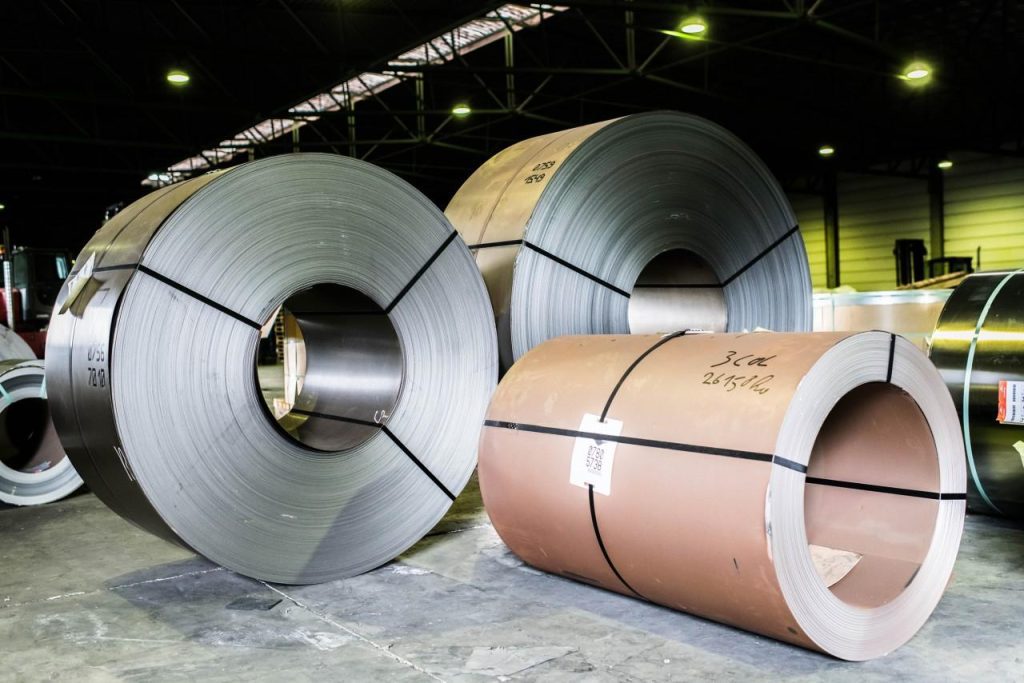Unlocking the Alloyed Mysteries: Exploring the Vital Differences Between Steel and Nickel

What is the difference between steel and nickel?
In the vast realm of metallurgy, two elemental titans reign supreme: steel and nickel. While both materials are indispensable in various industries, understanding their disparities unveils a world of nuanced applications and intrinsic properties. Let’s embark on a journey through the metallurgical cosmos to discern the key dissimilarities between steel and nickel, illuminating their roles in shaping our modern world.
1. Composition and Structure:
At their core, steel and nickel diverge in their elemental compositions. Steel, primarily an alloy of iron and carbon, harnesses the strength and versatility of these elements, culminating in a material renowned for its resilience and ductility. On the other hand, nickel stands as a pure elemental metal, boasting exceptional corrosion resistance and thermal stability. This distinction in composition lays the foundation for their contrasting structural attributes and functional roles.
2. Mechanical Properties:
The dissimilarities between steel and nickel extend beyond mere chemical composition, manifesting in their mechanical properties. Steel, with its carbon-infused matrix, exhibits remarkable tensile strength and hardness, making it a cornerstone in structural frameworks and industrial machinery. Conversely, nickel’s innate malleability and thermal conductivity render it indispensable in high-temperature applications, such as aerospace engineering and chemical processing.
3. Application Spectrum:
The divergence between steel and nickel becomes most apparent when considering their diverse applications across industries. Steel, with its formidable strength-to-weight ratio and cost-effectiveness, finds ubiquitous use in construction, automotive manufacturing, and infrastructure development. In contrast, nickel’s corrosion-resistant properties find niche applications in specialized fields such as marine engineering, electroplating, and the production of high-performance alloys.
4. Environmental Implications:
Beyond their mechanical prowess, the disparity between steel and nickel extends to their environmental impact. While steel, with its recyclability and widespread availability, enjoys a reputation for sustainability, nickel extraction and refinement processes often pose significant ecological challenges. As industries strive towards greener practices, understanding the environmental ramifications of material selection becomes paramount in shaping a sustainable future.
In conclusion, the dichotomy between steel and nickel transcends mere chemical disparities, encompassing a spectrum of structural, mechanical, and environmental considerations. As we navigate the ever-evolving landscape of materials science, embracing the unique attributes of each metal empowers us to unlock innovative solutions and propel humanity towards a brighter, more sustainable future.



